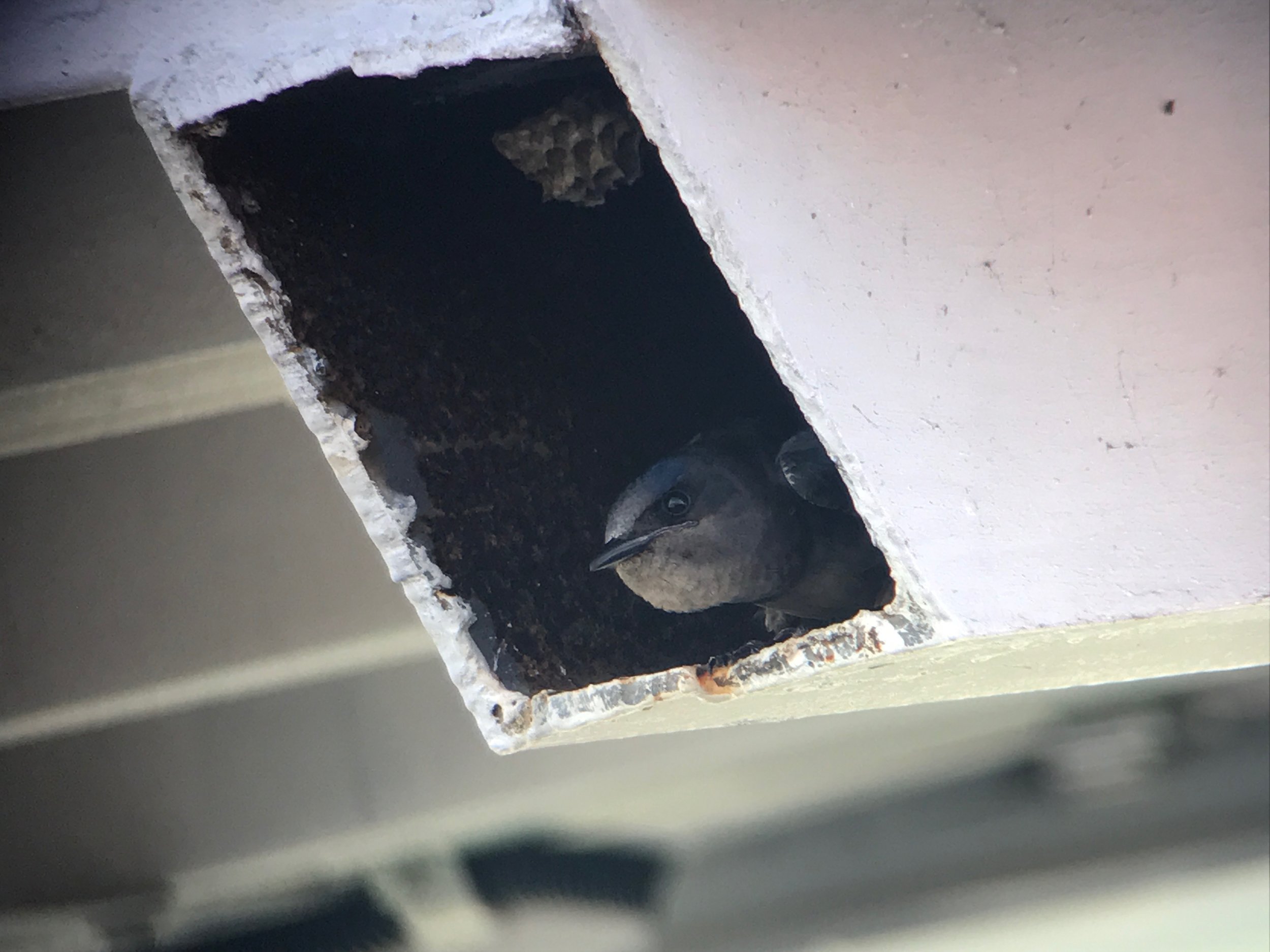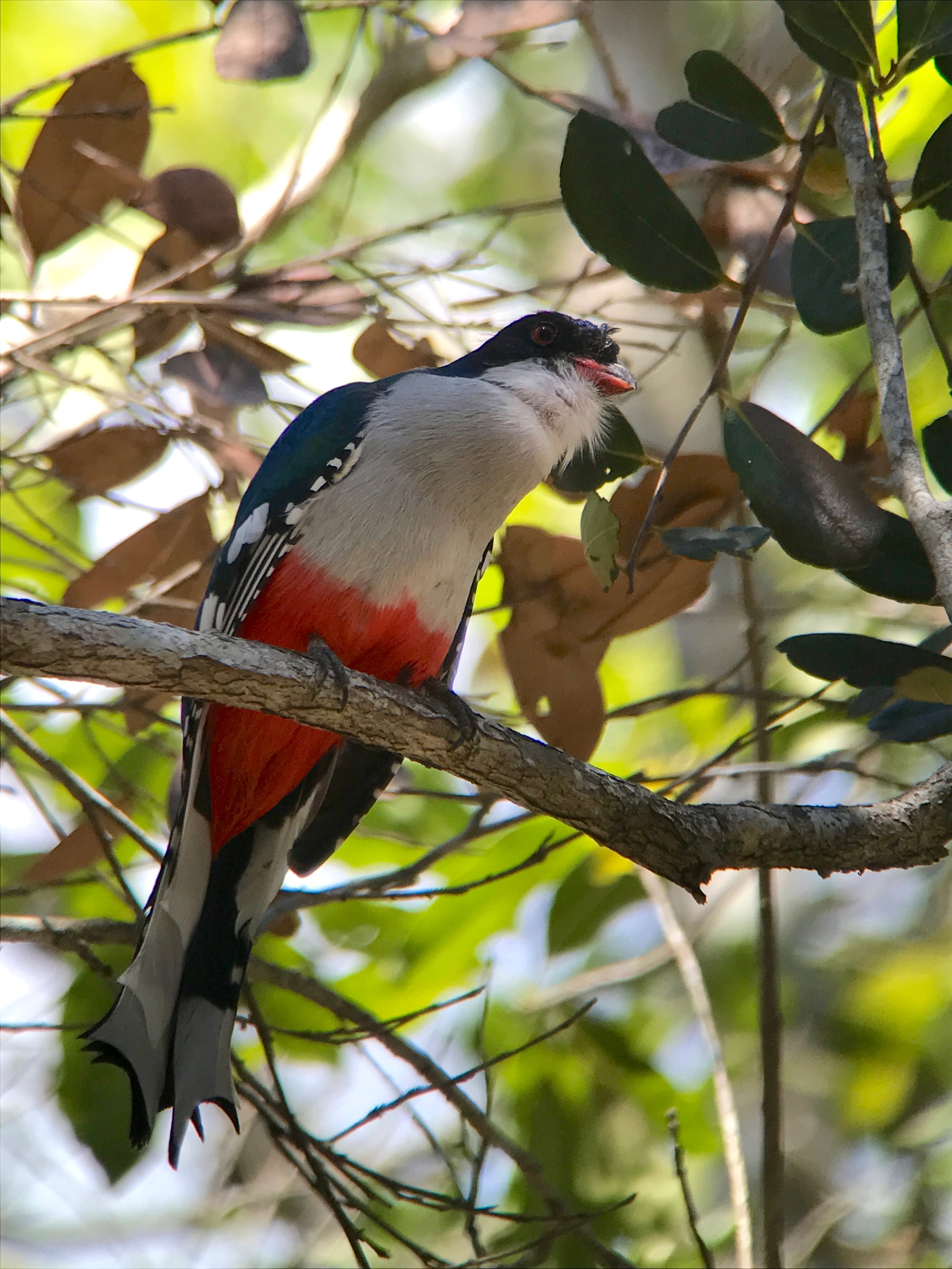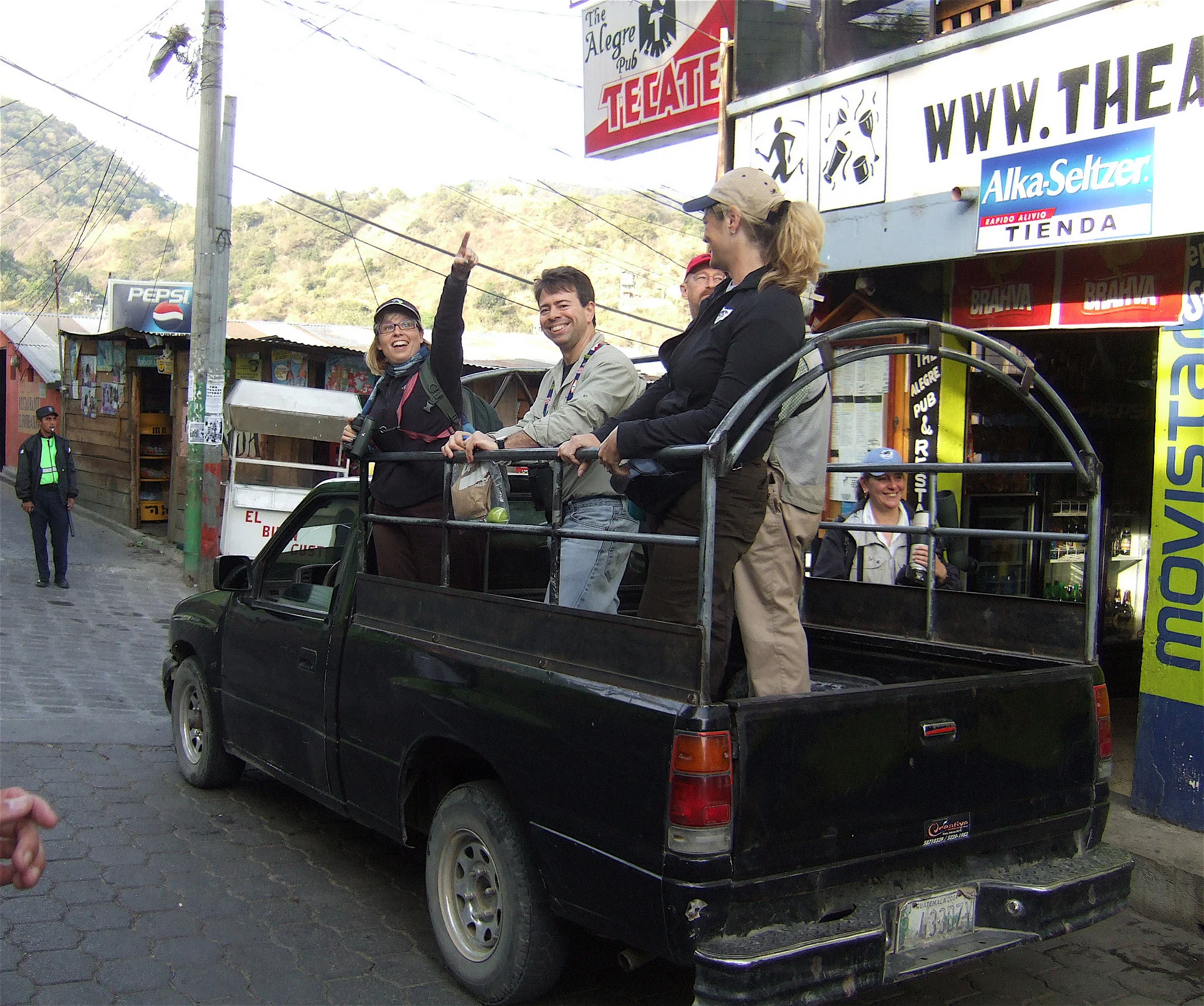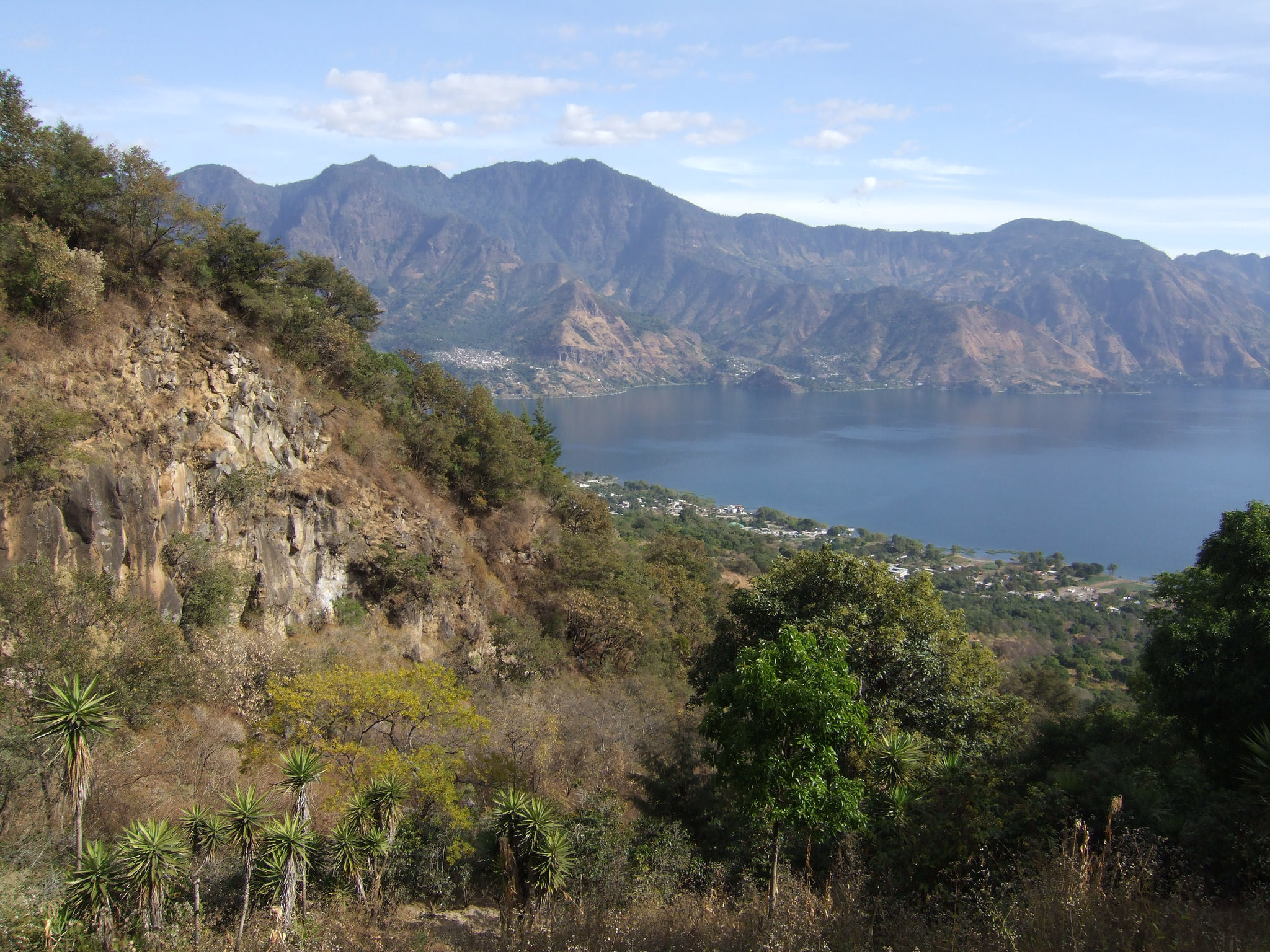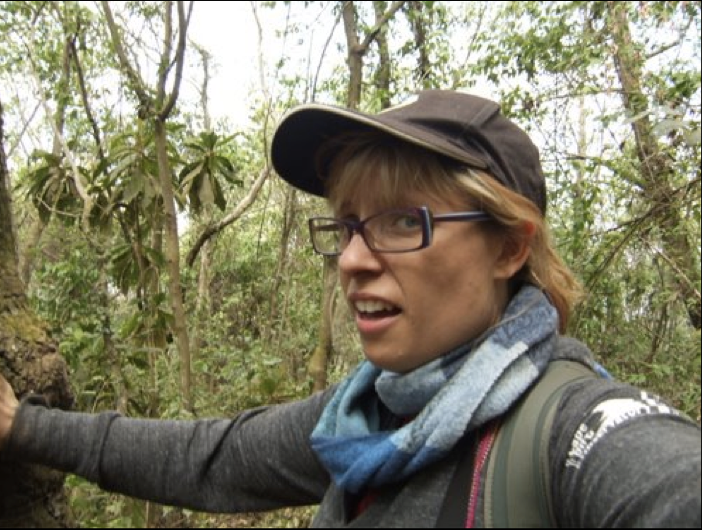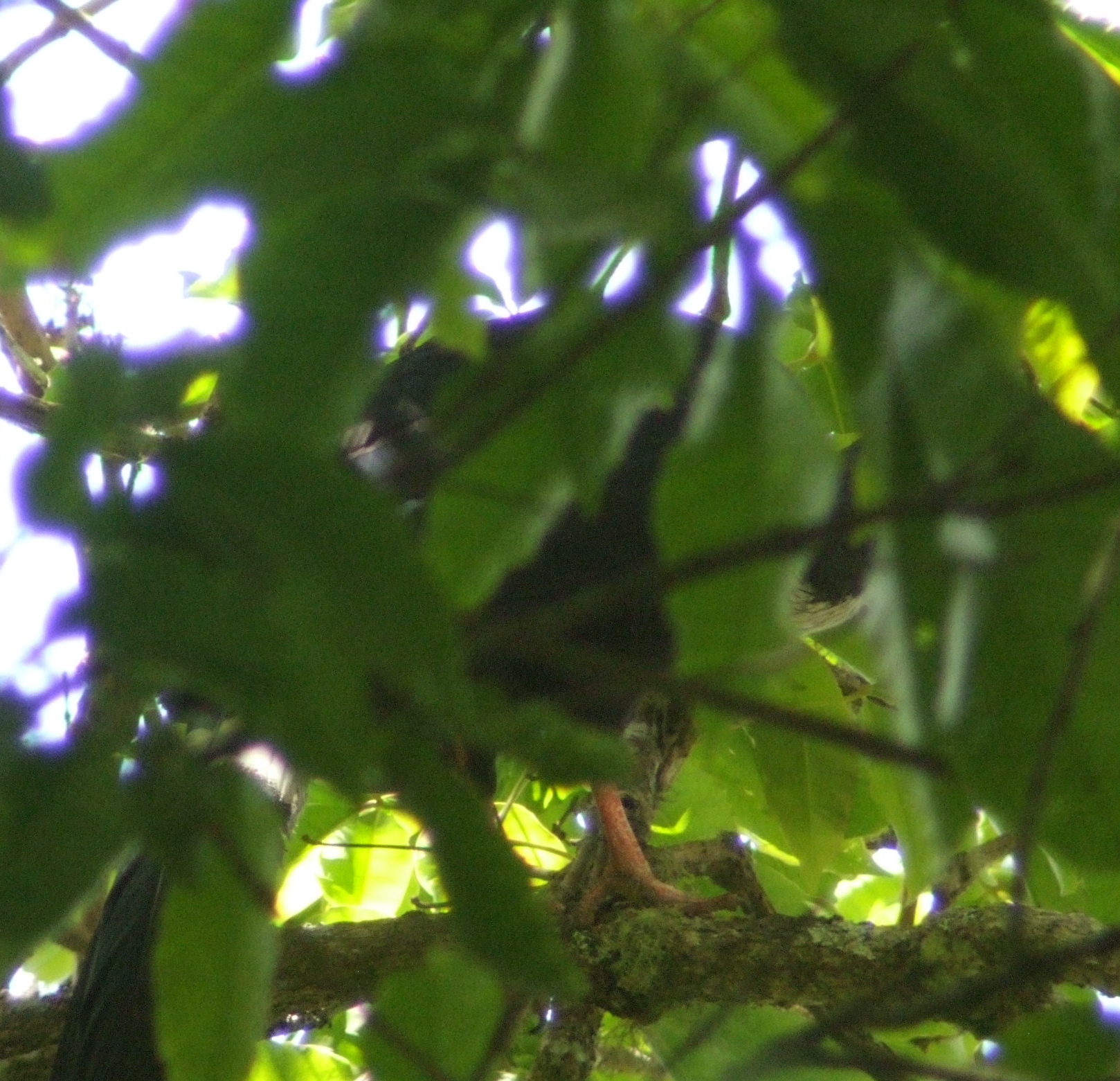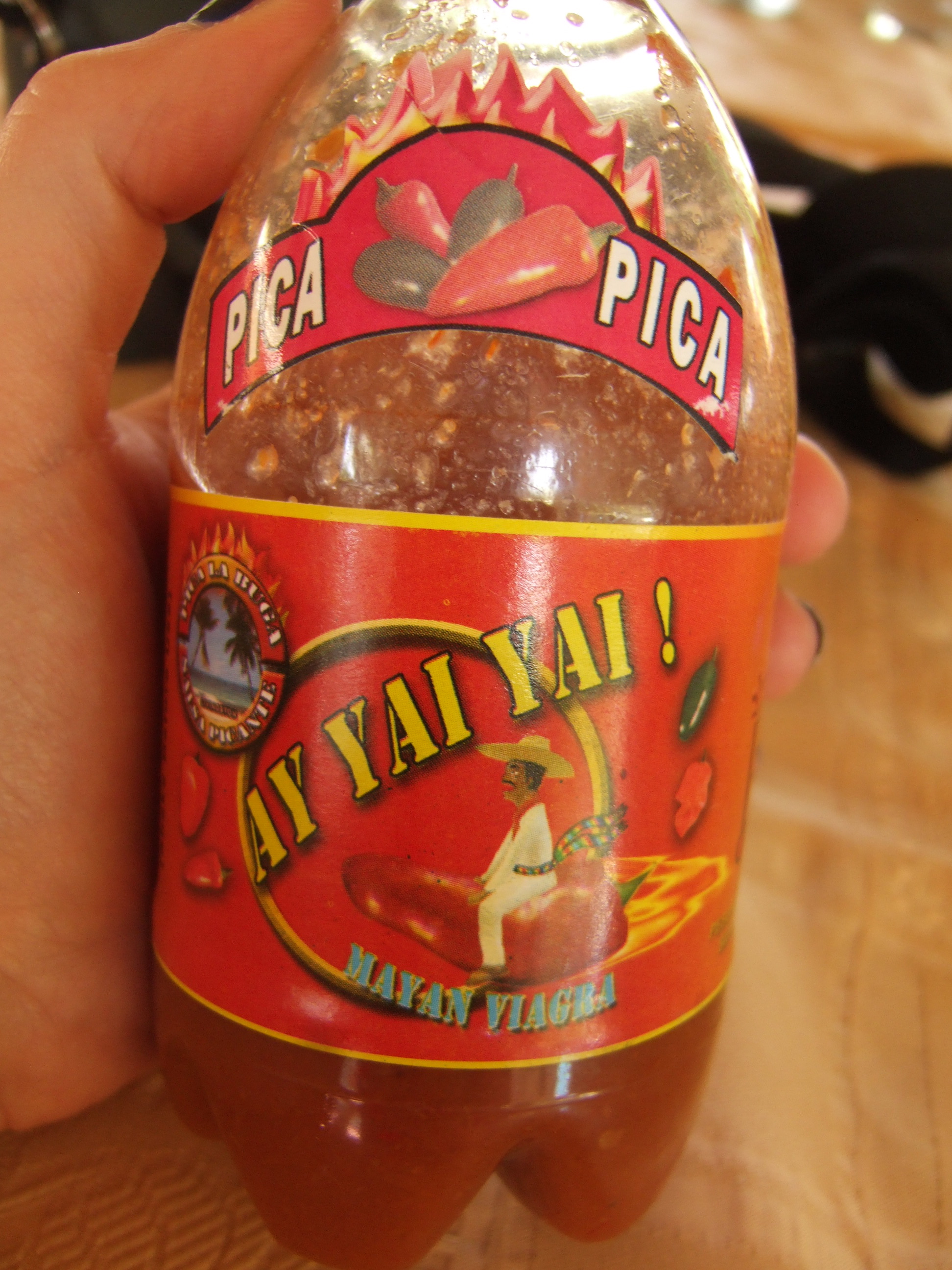This particular toy at the top of this post is a replica of a horned guan. You can get them from knock-off Kinder Eggs called Yowies—which for whatever reason are legal in the US. I was going to just buy the eggs until I got my guan, but the chocolate is nasty. Rather than going the traditional route of purchasing several inedible eggs, I found someone on eBay who already had the guan and for the price of one Yowie egg I had the guan sent directly to my home. To people who say this is cheating...I say, "Bite me."
A horned guan is one of the rarest birds in the Americas. Imagine a black and white bird the size of a turkey that has a bright red horn on its head that lives in the trees on the side of a volcano. Even if there weren’t only 600 or so of these birds left in the world, they're are still an amazing sight.
If I truly understood what was ahead of me to see a guan, I don't know that I would have gone for it. There were tales from some of my buddies on the bird festival circuit that it was a horrific climb. I had heard of well-known, great birders, who I considered to be physically fit, having to crawl that last part of the trail just to see. Here's Julie Zickefoose on NPR and on her blog or Bill of the Birds on his horned guan search. I think a part of me thought that was just a bit of exaggeration--birders have their fish stories too.
The hike up Volcan San Pedro was saved for one of our final days of birding in Guatemala. Our group had been mentioning it to each other, "Do you think you're going to be able to do it?" or "Sharon, do you really think you can take your scope up the volcano, I'd leave it here."
I heard that previous male birders had brought their scopes, so I thought that I should be able to do it too. I didn't get very scared until the day before. I had found some wifi at our lodge in Los Andes and put up a status update on Facebook: Sharon is nervous about tomorrow's climb up the Volcano to see the horned guan. I got a comment from Chris Benesh who works for Field Guides--travels all over the world to show people birds. He was also on the same Ivory-bill Search Team I was on. I considered to him to be very physically fit. He left a comment to the effect of the climb being the toughest he had ever done, it was brutal, but the got the guan.
Okay, if Chris called it brutal, maybe those stories of birders panting and crawling to the top weren't just exaggerated fish tales. I decided to be all Scarlett O'Hara about it and, "I'll not think about that right now, I'll go crazy if I do. I'll think about that tomorrow."
We had one more field trip planned at Los Andes to look for some mannikans, I opted to take the afternoon off, relax a bit so I could be fresh the next morning. The next day was a rough schedule. We had to be ready to go by 4:15 am, take a bus to Lake Atitlan where we would take a ferry to San Pedro for the climb. The hike up to the guan was going to take four hours, who knew how long the hike down would take.
Gulp.
Initially, all went well. We arrived at Lake Atitlan and watched in amazement at how the locals used the water. As we were loading our ferry, one man drove in his tuk tuk (tiny taxi car) into the water for a wash, another drove in his truck, a couple of people were bathing in the nude right on the water's edge.



























